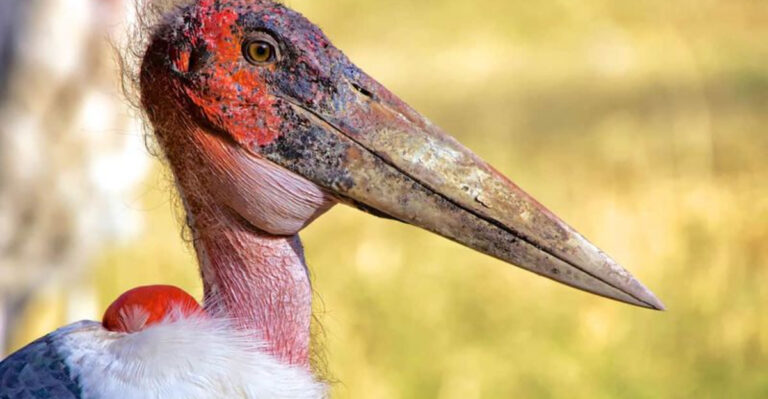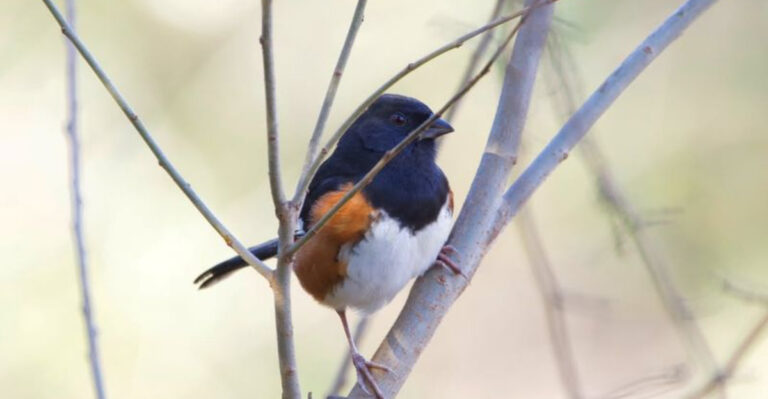10 Countries With The Strangest Creatures And 5 Known For More Conventional Wildlife
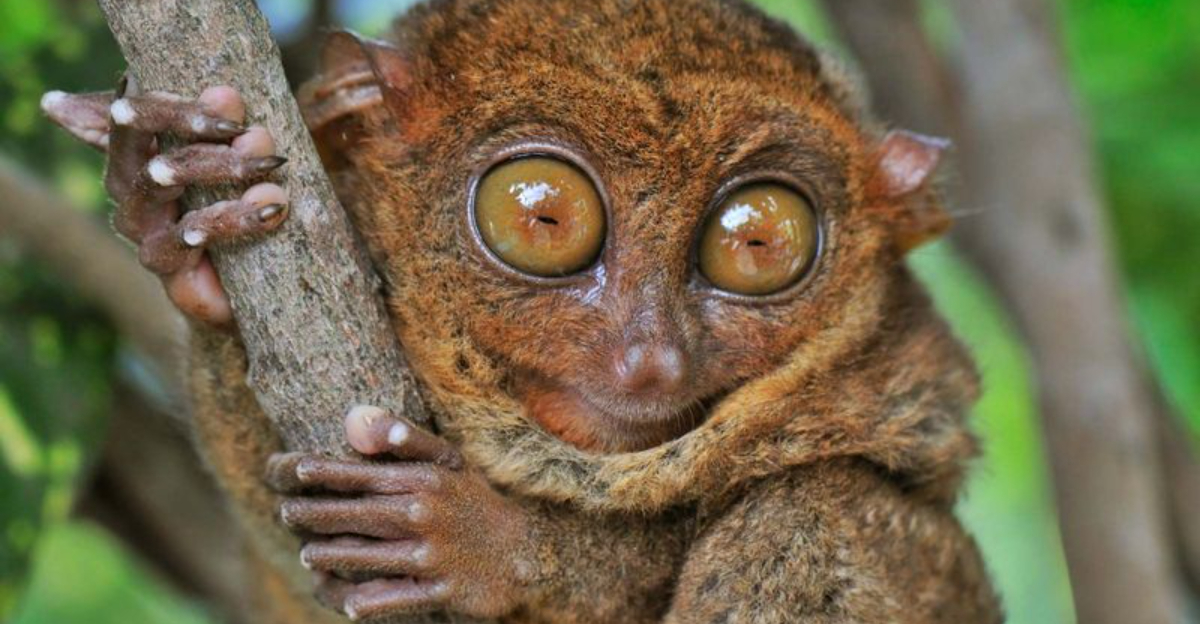
Our planet is home to an incredible variety of animals, from the bizarre to the familiar. Some countries are blessed with creatures so unusual they seem like science fiction, while others host the classic animals we all recognize from nature documentaries.
Ready for a worldwide animal adventure? Let’s explore both the weirdest and most conventional wildlife havens our Earth has to offer.
1. Australia’s Platypus Paradise
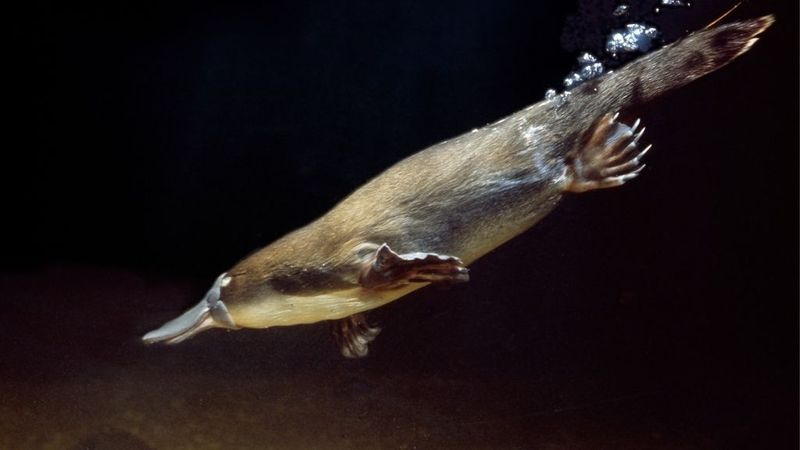
When scientists first examined a platypus specimen, they thought it was a hoax! These egg-laying mammals sport duck bills, beaver tails, and venomous ankle spurs.
Males can deliver painful stings potent enough to kill small animals. Despite their odd appearance, platypuses are excellent swimmers, using electrolocation to find prey underwater with their eyes closed.
2. Madagascar’s Lemur Kingdom
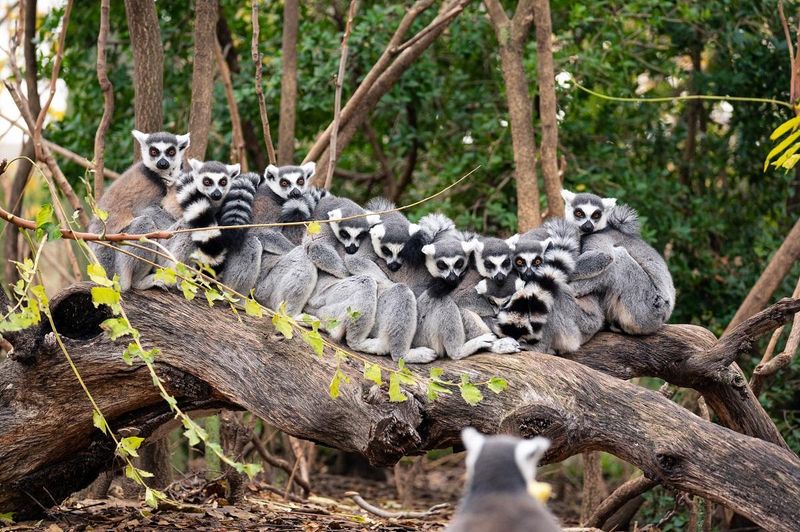
Nowhere else on Earth will you find lemurs in the wild except this island nation. With over 100 species, from the tiny mouse lemur to the iconic ring-tailed variety, Madagascar’s isolation created a evolutionary playground.
Many lemurs possess strange traits like the aye-aye’s extra-long middle finger for extracting grubs or the sifaka’s sideways dancing hop when on ground.
3. Japan’s Giant Salamander Mystery
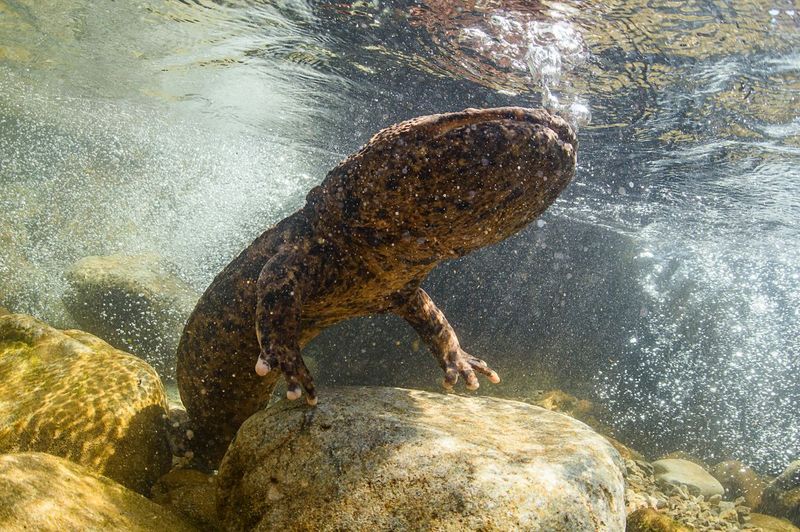
Lurking in mountain streams, Japanese giant salamanders grow up to 5 feet long and live for decades. Local folklore calls them “river children” due to their cry that sounds eerily like a baby’s wail.
These ancient amphibians breathe through their wrinkly skin and can go years without eating. Unchanged for millions of years, they’re living fossils that survive by ambushing prey in total darkness.
4. Indonesia’s Komodo Dragon Domain
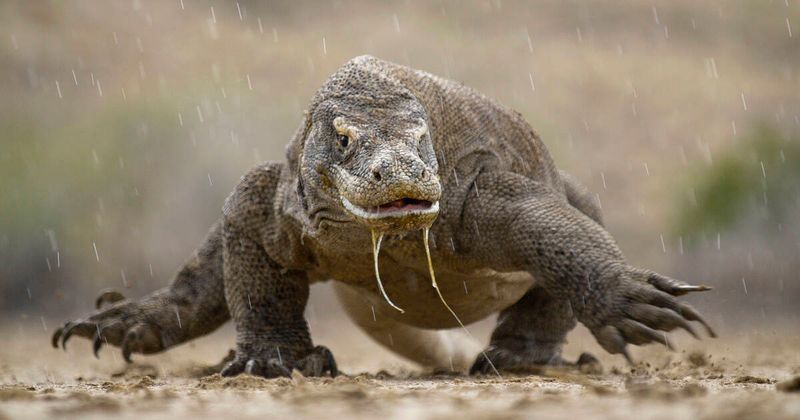
Few predators inspire as much awe as Indonesia’s Komodo dragons. These enormous lizards can bring down water buffalo with a single bite, thanks to toxic bacteria in their saliva.
Female Komodos can reproduce without males when necessary, laying viable eggs through parthenogenesis. Found only on five small islands, these ancient reptiles can smell blood from miles away and sprint surprisingly fast despite their tank-like bodies.
5. New Zealand’s Flightless Bird Haven

Before humans arrived, New Zealand had no land mammals, allowing birds to evolve in bizarre ways. The kiwi developed fur-like feathers and nostrils at the tip of its beak – completely unique among birds.
The kakapo, a flightless parrot, can live over 100 years and performs an elaborate booming mating call. The takahē, once thought extinct, was rediscovered in remote mountain valleys after 50 years.
6. Ecuador’s Galapagos Wonderland
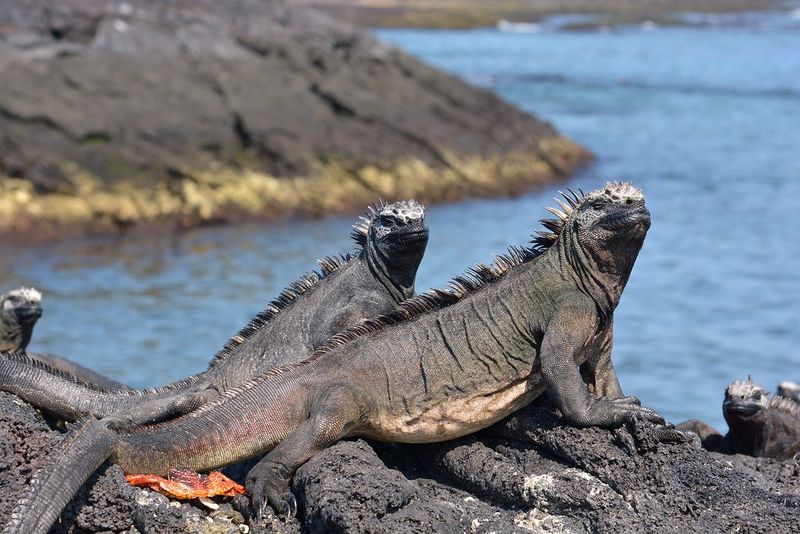
Charles Darwin’s living laboratory continues to amaze with its collection of animals found nowhere else. Marine iguanas snort salt from their nostrils after diving for seaweed meals – the world’s only sea-going lizards.
Giant tortoises with different shell shapes evolved on different islands. Blue-footed boobies perform elaborate courtship dances, showing off their bright blue feet that get bluer with better health.
7. Mexico’s Axolotl Mystery
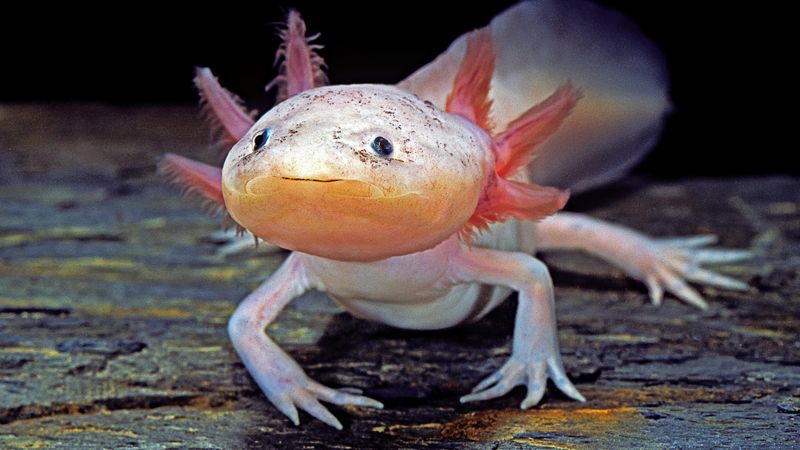
Looking like something from a fantasy novel, axolotls retain their juvenile features throughout life in a phenomenon called neoteny. Their smiling faces and feathery external gills make them appear otherworldly.
Even more incredible is their regenerative ability – they can regrow entire limbs, parts of their heart, and even portions of their brain! Nearly extinct in the wild, these salamanders once thrived in Mexico City’s ancient lake system.
8. Philippines’ Tarsier Enigma

With eyes larger than their brain, Philippine tarsiers possess the biggest peepers relative to body size of any mammal. These tiny primates can rotate their heads 180 degrees like owls and leap over 40 times their body length.
So sensitive to noise they may commit suicide by headbanging if stressed, tarsiers hunt at night using their enormous eyes and bat-like ears. They’re the only completely carnivorous primates, feasting exclusively on insects and small animals.
9. Costa Rica’s Glass Frog Phenomenon
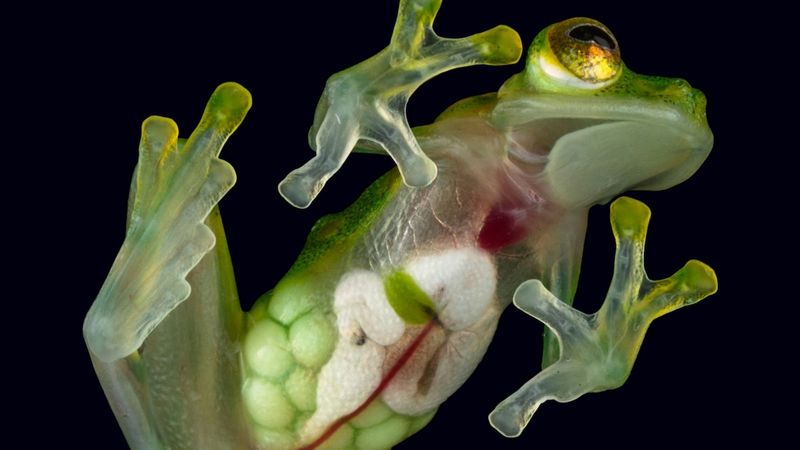
Look through a glass frog’s transparent belly and you’ll see something amazing – their beating heart, flowing blood, and internal organs! These lime-green amphibians seem like living x-rays hopping through Costa Rica’s rainforests.
Male glass frogs stay with their eggs until hatching, defending and moistening them. During dry spells, they enter a zombie-like state where their hearts stop beating for months, then restart when rains return.
10. China’s Giant Panda Legacy
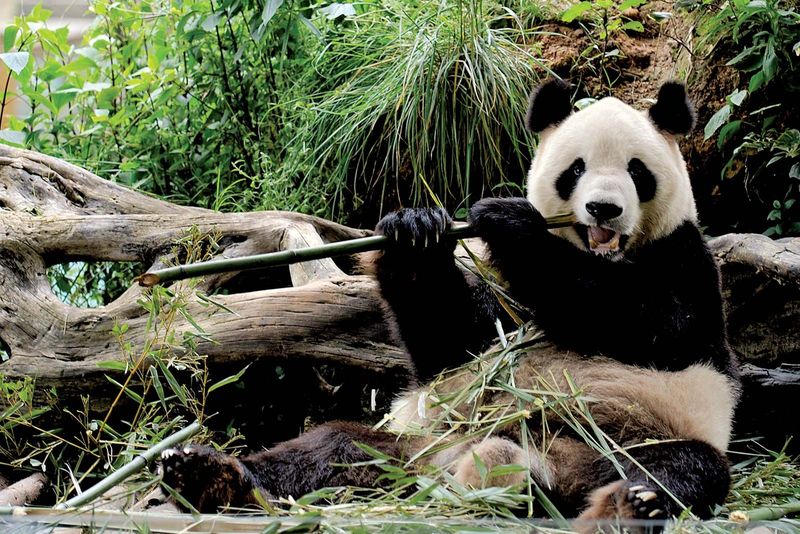
Few animals required more evolutionary compromises than giant pandas. Their famous “thumb” is actually a modified wrist bone that helps grip bamboo – a food that gives so little nutrition they must eat for 12 hours daily.
Newborn pandas are 1/900th their mother’s size – among the smallest mammal babies relative to adult size. Despite being classified as carnivores, pandas evolved flat molars and gut bacteria to digest their vegetarian diet.
11. Kenya’s Savanna Safari Classic
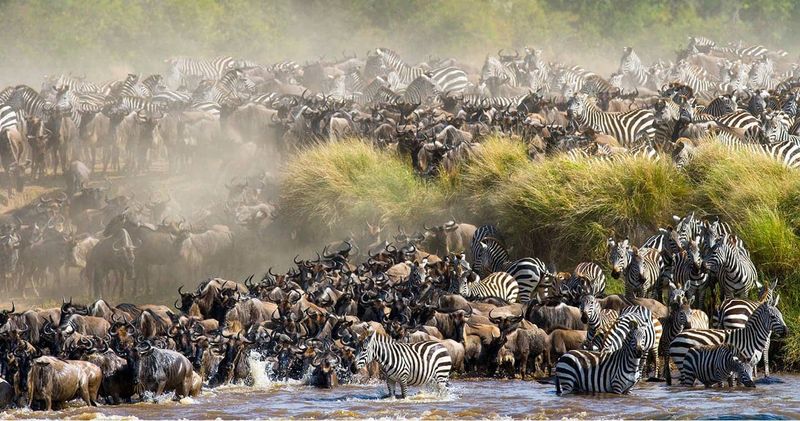
Kenya’s Maasai Mara hosts the most famous animal spectacle on Earth – the Great Migration. Over two million wildebeest, zebras, and gazelles form a living river across the plains, facing hungry crocodiles at river crossings.
Lions bask on kopjes (rock outcroppings) while elephants shade themselves under acacia trees. Giraffes move with surprising grace despite their height, and cheetahs demonstrate why they’re the fastest land animals during high-speed hunts.
12. Canada’s Northern Wildlife Frontier
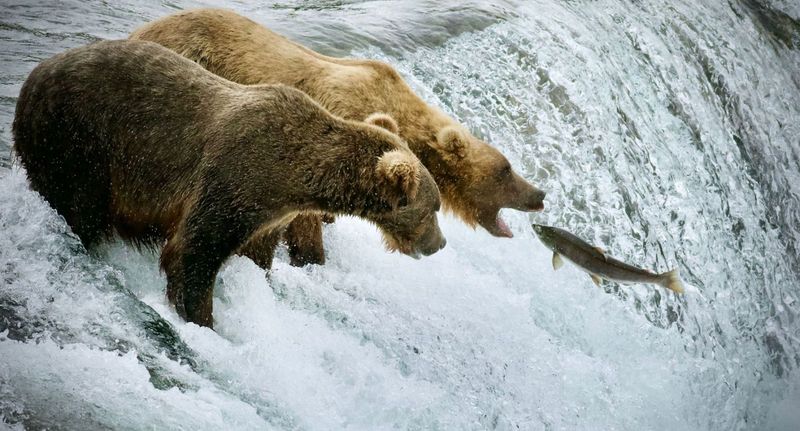
Against breathtaking mountain backdrops, Canada’s wildlife thrives in harsh conditions. Grizzly bears scoop salmon from rushing streams while moose wade through misty lakes at dawn.
Beavers engineer entire ecosystems with their dams, creating wetlands that support countless species. Mountain goats perform gravity-defying feats on sheer cliffs, and Canada’s national animal – the beaver – demonstrates remarkable intelligence by building complex lodges that can withstand arctic winters.
13. Tanzania’s Serengeti Ecosystem
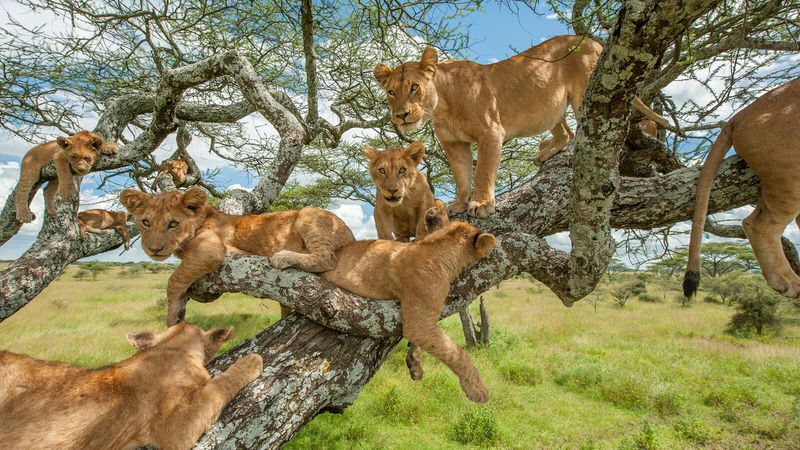
From baobab-dotted plains to acacia woodlands, Tanzania offers perfect habitat for Africa’s most iconic creatures. Elephant matriarchs lead their families to hidden water sources using generational memory spanning decades.
Hippos crowd river pools by day before emerging at night to graze. The Serengeti’s big cats – lions, leopards, and cheetahs – each occupy different niches, from pride-based social hunting to solitary tree-climbing to lightning-fast chases.
14. Brazil’s Amazon Biodiversity

Home to one in ten known species on Earth, Brazil’s Amazon rainforest houses wildlife in staggering numbers. Pink river dolphins navigate flooded forests using echolocation, occasionally transforming into humans according to local legends.
Poison dart frogs display warning colors so bright they seem artificial. Capybaras – the world’s largest rodents – lounge in groups near water, while scarlet macaws add flashes of brilliant color to the forest canopy.
15. India’s Tiger Territory
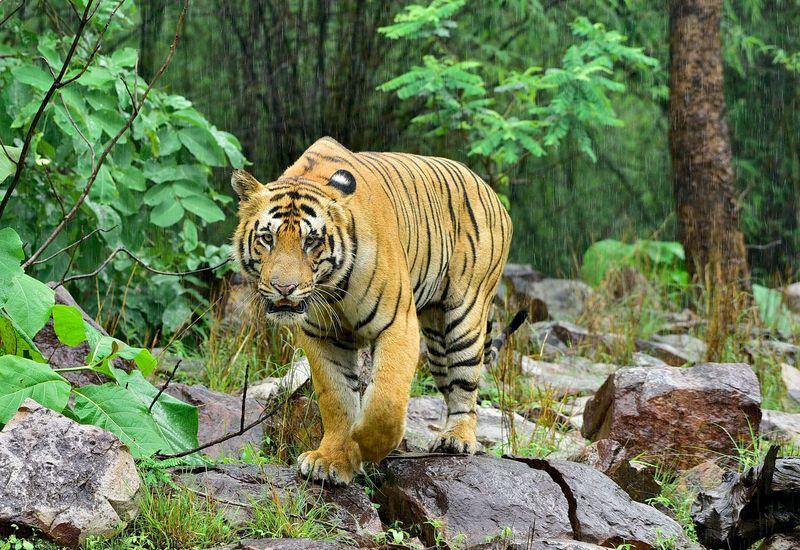
Few sights match the orange-black stripes of a Bengal tiger moving silently through India’s undergrowth. Each tiger’s stripe pattern is unique as a fingerprint, allowing researchers to identify individuals from photos.
Alongside tigers, India hosts one-horned rhinoceros, wild elephants, and sloth bears. Langur monkeys serve as tiger early-warning systems, giving alarm calls that alert deer and other prey when predators approach.





